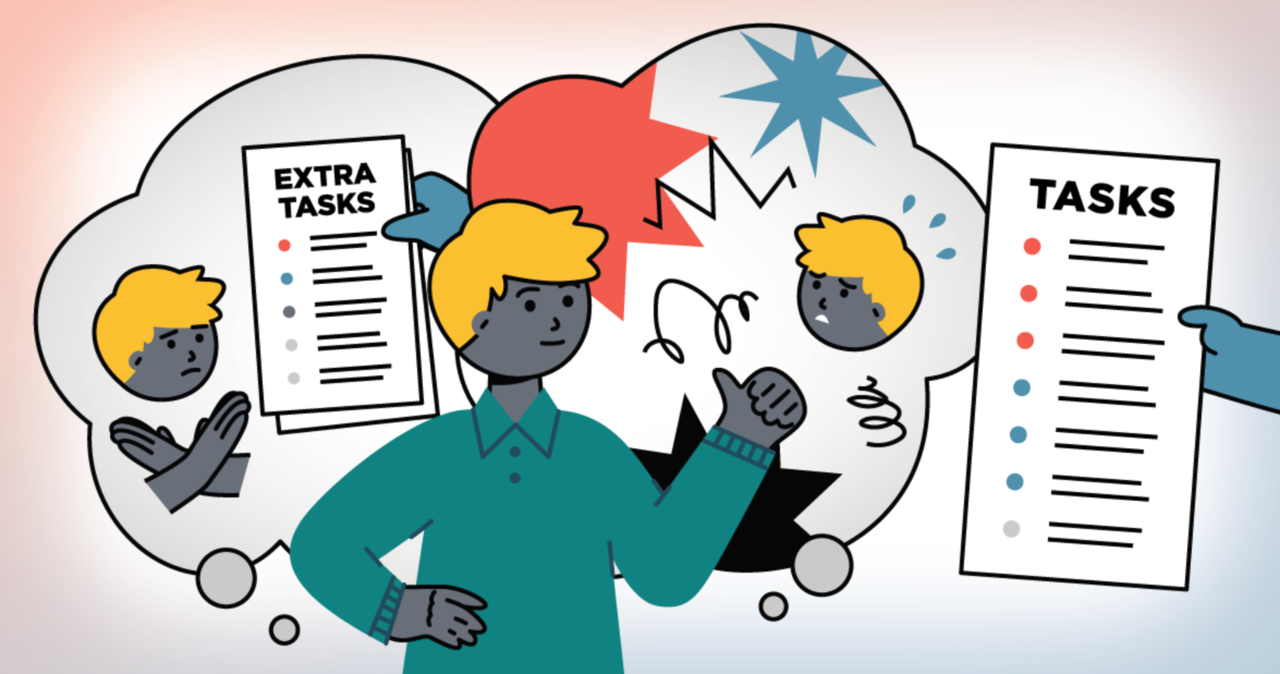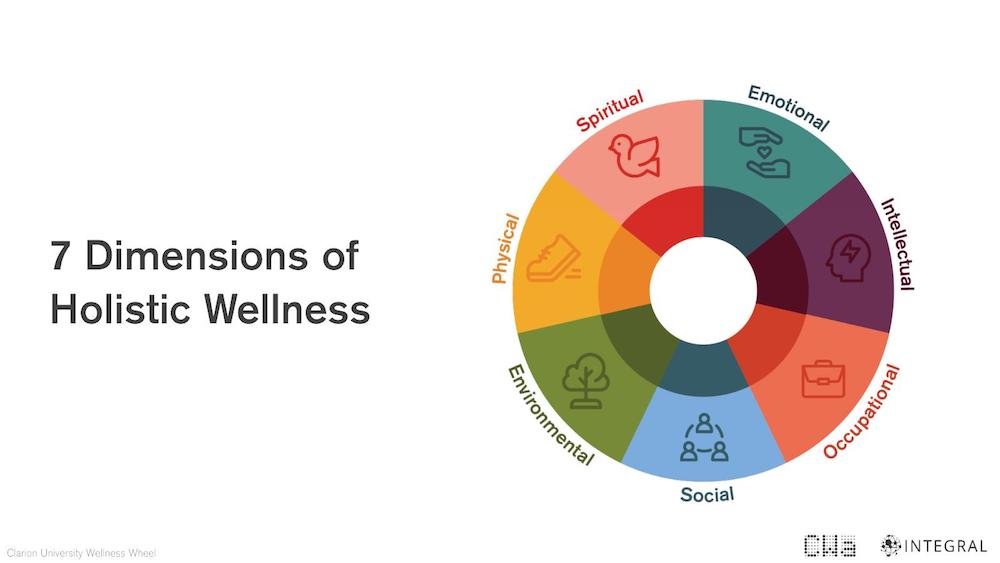Summary
Balancing personal expression with professional expectations has become a real sticking point in workplace culture. The “whole self” approach encourages employees to show up authentically, to share their stories, and to contribute to a diverse work environment.
Meanwhile, the “work-self” approach keeps a firmer boundary between who we are and what we do, aiming for smooth operations and fewer conflicts. Tension ramps up when personal expression bumps into clashing beliefs or values among coworkers.

Sometimes, showing individuality sparks creativity and engagement. Other times, it just creates friction, especially when identities don’t quite mesh.
HR folks get stuck in what some call the “HR hokey-cokey”—inviting people to be themselves, then pulling back when things get messy. Labor laws have to keep up with this push and pull, always trying to strike a balance between freedom and workplace goals.
1. Exploring the Balance Between Expression and Workplace Roles
Workplaces today are wrestling with how much personal expression to allow versus how much to stick to professional roles. There’s this ongoing tug-of-war between wanting to bring your whole self to work and feeling pressure to fit in with the company vibe.
Some folks want to show up as themselves—beliefs, quirks, and all—while employers focus on keeping things productive and peaceful. It’s not always easy for either side.
The whole self approach is all about authenticity and letting people show their true colors. The work-self approach, on the other hand, leans toward sticking to your job description and keeping things professional.
Key Points of Tension

- Freedom of Expression: People want to feel free to speak up and be themselves. That’s pretty important for feeling respected and satisfied at work.
- Workplace Harmony: Employers have to keep an eye out for conflicts, especially when personal expression rubs up against company values or ruffles colleagues and customers.
- Incompatibilities: Sometimes, being yourself at work can make others uncomfortable or spark tension. That’s where questions about respect and inclusion come in.
Impact on Labour Practices
These issues spill into labor law and workplace rules. Employers sometimes suspend or let people go if personal expression disrupts workplace harmony.
But those moves can set off debates about workers’ rights and whether it’s fair to limit personal expression for the sake of business.
Broader Implications
This conversation isn’t just about office politics—it ripples out into society and even politics. Where do we draw the line between personal identity and professional life?
It’s a question that keeps coming up, especially as we talk more about autonomy, diversity, and what it means to be respectful at work.
2. Scope and Goals of This Article
This article digs into worker expression—especially when politics or disagreement get involved—as part of what it means to be a citizen at work. Instead of focusing on one country’s laws, it takes a step back to look at the bigger picture and the ideas that shape these debates.
The article treats worker expression as a mix of personal character and the legal or social context people find themselves in.
Key Objectives
- Introduce and clarify overlooked aspects of worker expression in legal and philosophical discussions.
- Encourage broader protection of worker freedom of expression through new perspectives, without engaging in detailed doctrinal analysis.
- Highlight ethical considerations, such as democratic pluralism and managerial authority, which play a critical role in understanding the conflict surrounding worker expression under capitalism.

images 56
Exclusions and Limitations
This isn’t a deep dive into how every country’s labor laws handle worker expression. It’s more of a framework for thinking about how judges and lawmakers might interpret these issues.
If you want the nitty-gritty legal research, that’ll have to wait for another day.
Perspectives and Implications
The article assumes that stronger protections for worker expression can help democracy and respect for different opinions. Not everyone will agree, of course, but the hope is to spark new ideas and maybe some debate.
Different countries will interpret these ideas in their own way, but legal pros and academics might find something useful here.
3. Work and self

How someone’s identity and their work life fit together really shapes how they see themselves and how they show up at work. This isn’t a simple relationship; it touches on identity, trust, and authenticity, and it affects both the person and the whole organization.
The Formation of Professional Identity
Most people develop a “work self” that reflects what their job and workplace expect from them. This sits alongside their personal and social identities, which can include:
- Collective Identity: The sense of belonging to an organization or industry (think: healthcare workers who see themselves as caregivers).
- Role Identity: The specific job or tasks someone does—maybe as a team lead or analyst.
- Personal Identity: The unique stuff, like gender, culture, or beliefs, that make someone who they are.
Trying to balance all these identities takes effort. When people pull it off, they feel more purposeful; when things don’t line up, stress and dissatisfaction can creep in.
Trust and Connection in the Workplace
Trust is the glue in any workplace. Employees who feel the company respects them as individuals are way more likely to stick around and engage.
Organizations can build trust through open conversations, fair policies, and by making sure people feel safe to speak up.

- Transparent Communication: Honest talk helps everyone understand each other.
- Equitable Policies: Treating everyone fairly makes people feel valued, no matter their role or background.
- Supportive Environment: When organizations put psychological safety first, folks feel free to share ideas without worrying about backlash.
When real connections grow at work, collaboration and performance usually follow. It’s just easier to care about the team when you feel seen.
Embracing Authenticity at Work
Being authentic at work means showing your real personality, but still respecting professional boundaries. The “whole self” idea invites people to bring more of themselves into the office.
Often, this leads to better engagement and performance, since people do their best work when they feel accepted. Still, it’s not always easy—self-expression needs to fit with the culture and rules of the workplace.
Organizations that foster psychological safety make it easier for employees to be themselves, while still keeping things professional.
The Role of Psychological Safety
Psychological safety is huge for creating an inclusive and creative workplace. It means people feel okay taking risks, speaking up, and even admitting mistakes.
- Increased Creativity: People pitch their wild ideas when they feel supported.
- Stronger Team Dynamics: Trust makes teams work better together.
- Higher Job Satisfaction: Feeling like you belong boosts morale.
If companies get this right, they see happier employees, more innovation, and people actually want to stay.














































